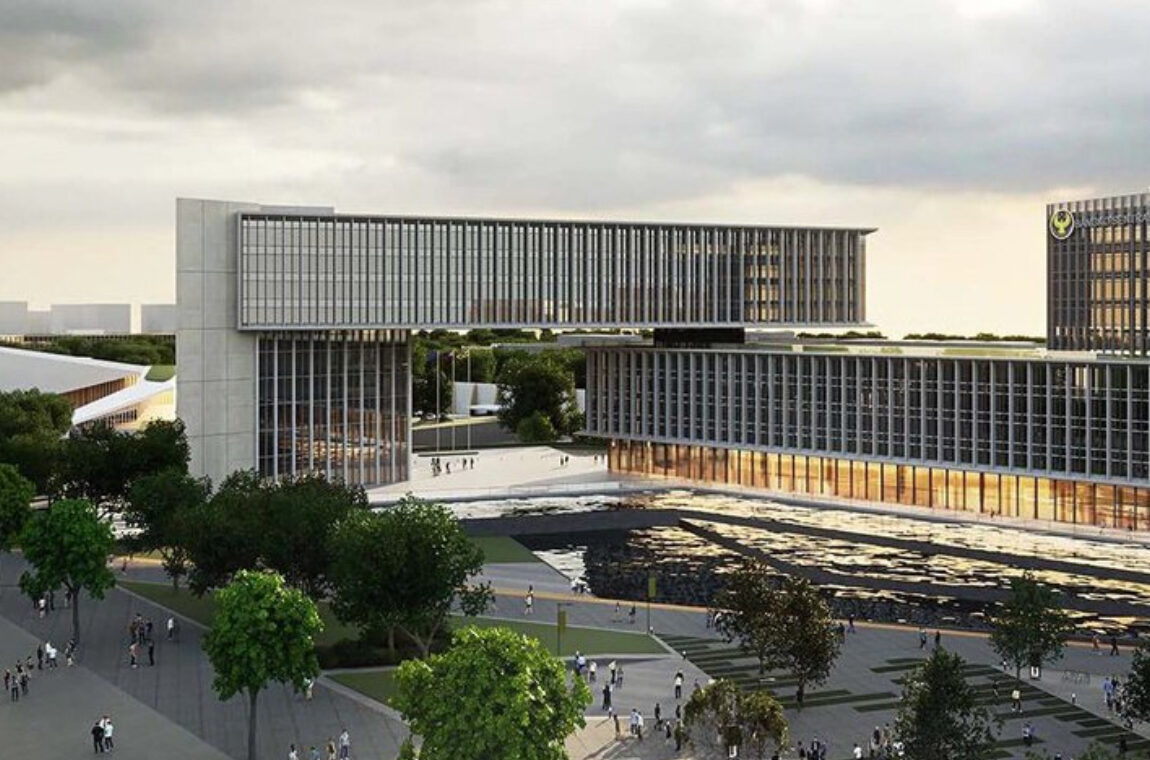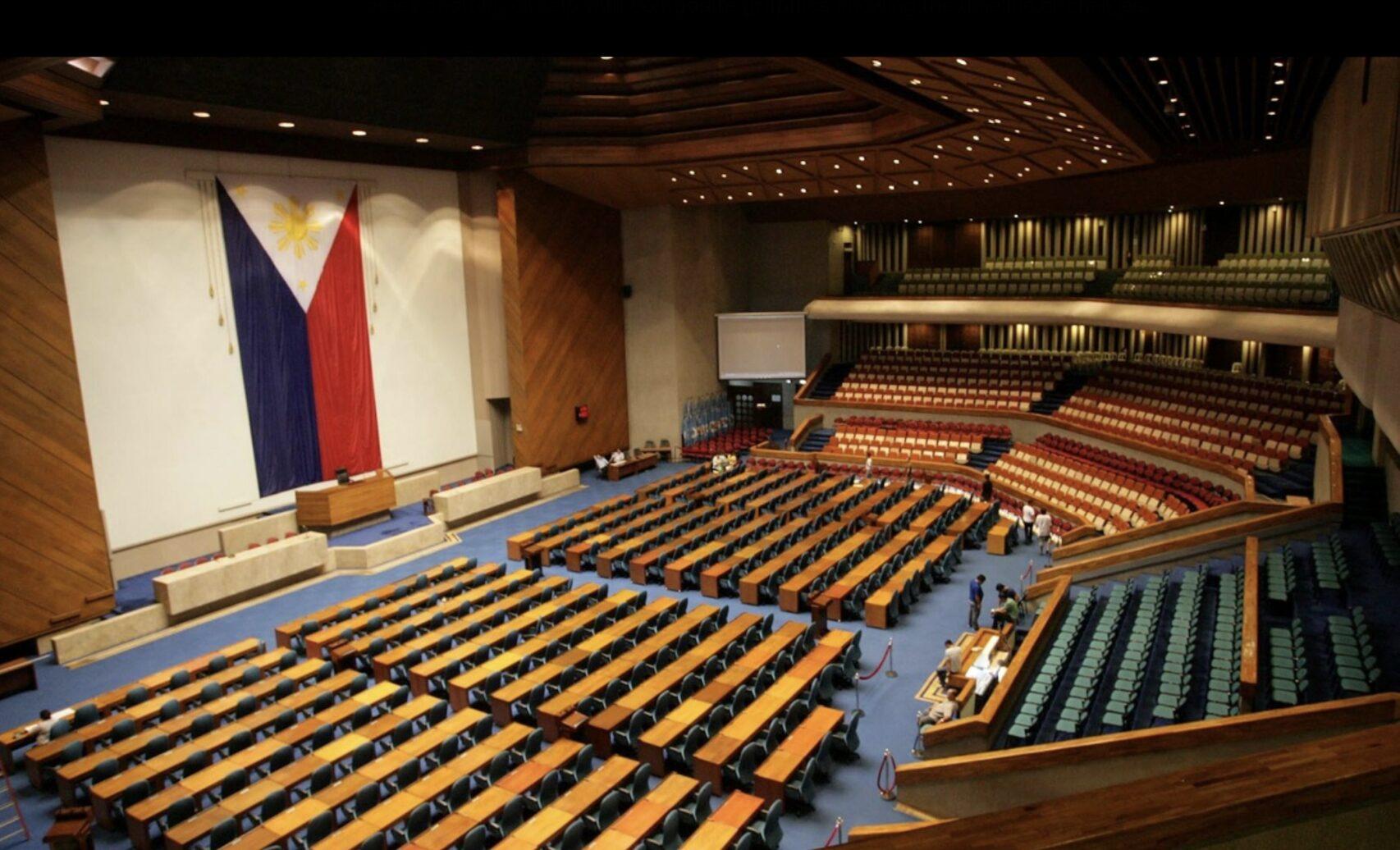TWO years after super typhoon Haiyan devastated the Philippines, killing thousands and leaving destroyed homes and separated families in its wake, the country is still left picking up the pieces.
Though rebuilding programs and global relief efforts have made real, lasting impacts, it is estimated that at least one million survivors are still left homeless, according to an Inquirer report.
The typhoon, referred to as Yolanda in the Philippines, killed over 7,350 people when it struck the Eastern Visayas region on November 8, 2013, causing catastrophic damage throughout the central islands of Leyte, Samar, and Biliran.
The major coastal city of Tacloban was nearly completely destroyed by the strong winds (high record of 315 kilometers, or 196 miles, an hour at landfall) and massive waves. Today, the city’s streets, restaurants and retail shops are bustling again.
“It is an amazing feeling to be getting help from so many people, countries, different NGOs, non-profits, and international volunteers,” said Cristina Romualdez, the wife of Tacloban Mayor Alfred Romualdez, at a Cerritos press conference/fundraising event earlier this year. “We are getting our homes and our livelihood back. Slowly but surely, we are rebuilding our city.”
However, on the urban outskirts and elsewhere, many are still living in deep poverty, living in fragile-built homes that make them extremely vulnerable to future storms.
The Philippines averages 20 storms and typhoons each year, and scientists have warned that they “could become the new normal” as global warming worsens.
“I cry almost every night. Jesus, Mary and Joseph, how are we going to survive,” Esilba Bascal, 59, who lost her son and home in the 2013 disaster, told Agence-France Presse (AFP). Bascal lives in a makeshift dwelling just outside Tacloban with her husband, widowed daughter-in-law, and six grandchildren.
“We were poor, but now we’re poorer. Life is hard but I have to be strong for my grandchildren,” said Bascal, who earns about 20 pesos (50 cents) a day selling daily goods from her home.
President Benigno Aquino III launched a 150-billion-peso ($3.2 billion) reconstruction for disaster zones, which has been praised by the United Nations for its efficiency in some key sectors.
Roughly 60 percent of that money was spent on roads, bridges, and schools, according to Economic Planning Secretary Arsenio Balisacan, who spearheads the recovery program. Money has also been used for start-up capital for survivors of the typhoon to start small businesses and buy necessary farming/fishing supplies.
A resilient local private sector, along with millions of dollars of global relief funds, has also been powerful in rebuilding the community.
The Red Cross Typhoon Haiyan has donated to over 90,000 needy families, and helped to rebuild and repair 65,000 homes, classrooms, and farming properties (rice mills, pineapple fiber weavers, artificial reefs, and organic farming).
“The Philippine Red Cross and its Red Cross and Red Crescent movement partners have helped tens of thousands of families get back on their feet by building safer homes, health facilities and classrooms; providing financial support and training to boost people’s livelihoods and ensuring that the health of thousands more is improved through access to better sanitation,” the groups jointly released in a statement.
However, the Philippine government has been widely criticized for “not doing enough” when it comes to helping the over one million survivors it identified as living in vulnerable coastal areas.
Out of 205,128 families living in the path of future tropical storms, only 928 have been transferred to permanent shelters, according to the government.
The government is aiming to relocate nearly 100,000 families to safer areas by next year, with the project to be completed by 2017, said Chito Cruz, chairman of the Housing and Urban Development Coordinating Council.
Cruz said one of the reasons it was taking so long to relocate people was because buying safe, new land from private title holders was “extremely difficult.”
Island locals also complain that the proposed resettlement areas are in too-isolated locations far away from the coast, which are the main hubs of the regional economy, and people cannot afford to travel long distances.
“We have accomplished much over the last two years, but there is still a lot that must be done,” Balisacan said in a briefing on the recovery program.
He also stressed that Haiyan had turned cities and towns into “wastelands”, comparing the struggles of the US government after Hurricane Katrina in 2005.
The slow pace of rehousing is a major issue, involving financial constraints and a lack of opportunities for durable building solutions. Data from the Tacloban city government showed only 283 out of 13,062 units targeted by the National Housing Authority had been built by mid-October.
“I would like to move to a safer area but I’m still waiting, almost two years later,” 75-year-old Arsenjo Francisco told ABS-CBN News. Francisco had to rebuild his home in Tacloban’s Anibong slum after the storm struck.
The Department of Budget and Management (DBM) said a total of 93.8 billion pesos had been released as of Oct. 23rd, under President Aquino’s masterplan. A further 46.2 billion is proposed for release in 2016, the DBM said.
Social Watch Philippines president and former national treasurer Leonor Briones said the slow release of the money earmarked by Aquino had “caused a lot of problems for local authorities…it was hard to establish what exactly the money had been spent on, because there was no breakdown of the total.”
Still, in the slowly-reviving city of Tacloban, with massive international aid including the efforts of loyal Taclobanos in the US, the people remain hopeful.
“The people’s spirits are being restored from the amazing projects and livelihood programs,” added Mrs. Romualdez. “So many things are happening and are almost back to normal, thanks to all the support worldwide.”






